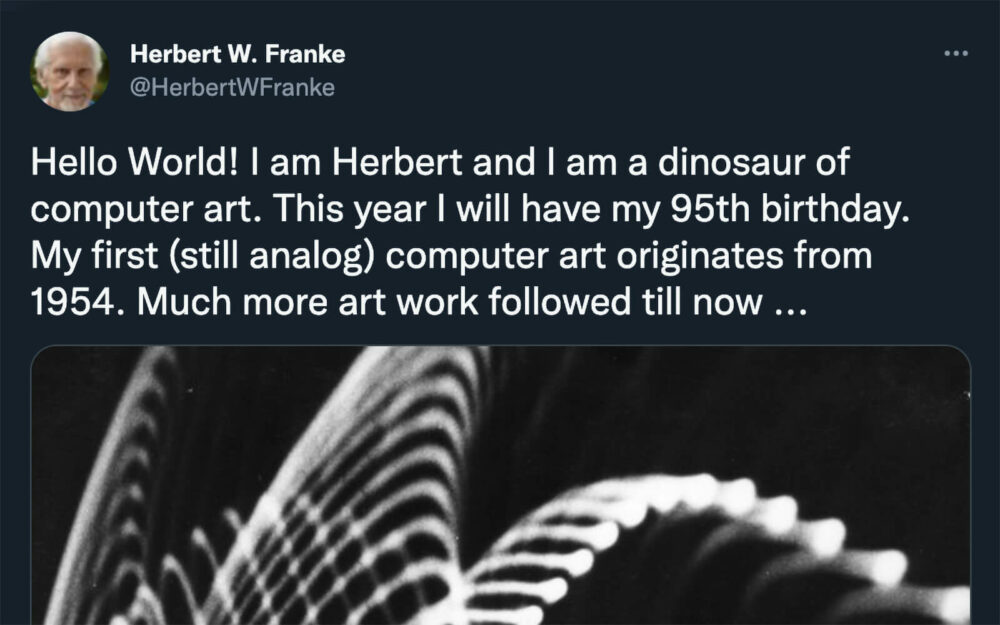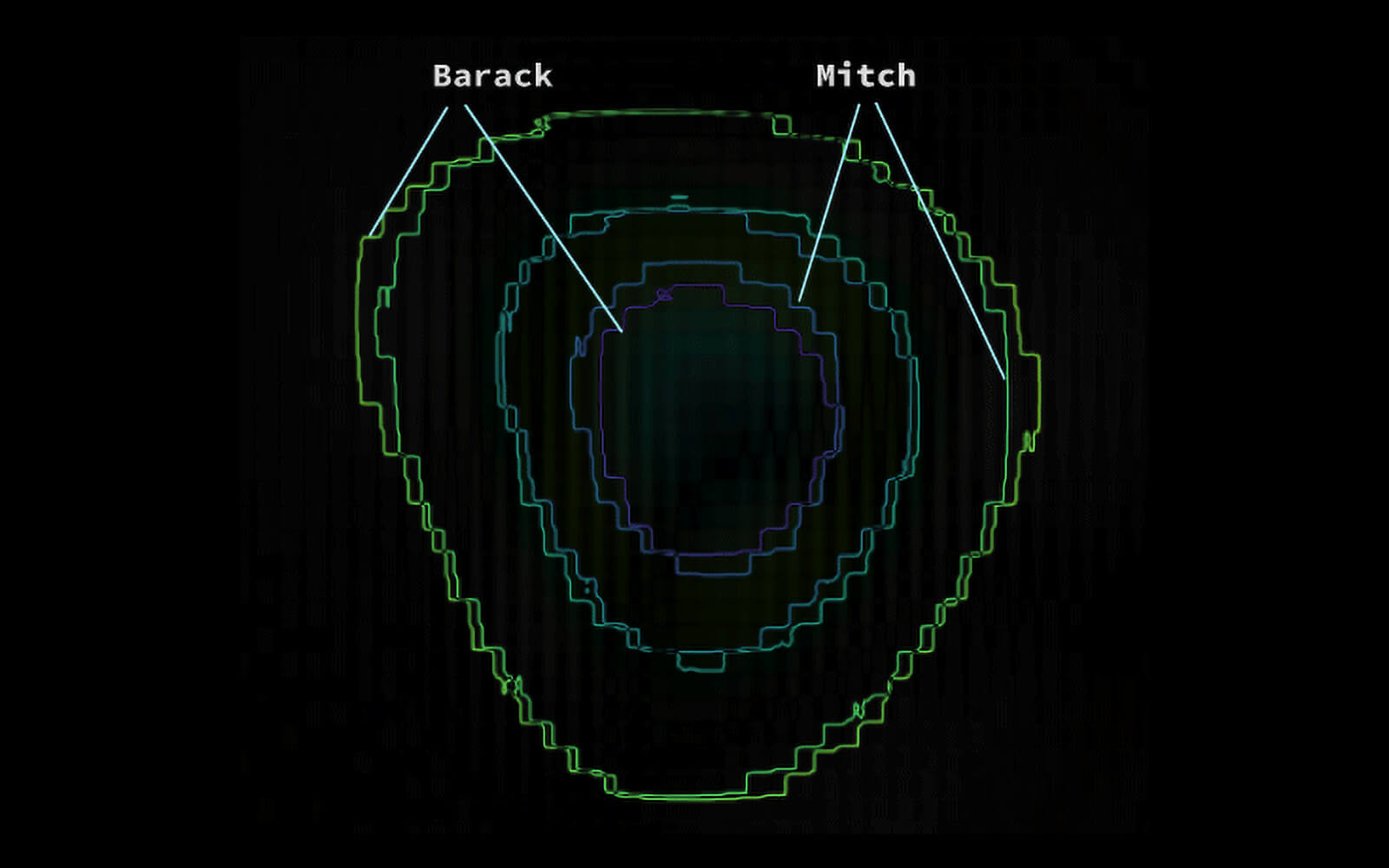1,577 days, 2,409 entries ...
Newsticker, link list, time machine: HOLO.mg/stream logs emerging trajectories in art, science, technology, and culture––every day
“At its best, it tapped into creativity and wit that had lain dormant in the population, showcasing talents that didn’t previously exist because there had been no form or shape for them to take. Live snark became an art.”
“In his feud with Zuckerberg, Musk is essentially playing Ric Flair without the charisma.”
Berlin-based generative artist and prolific Twitch streamer Raphaël de Courville releases a Chrome browser extension that rids Twitter of ‘Chief Twit’ Elon Musk’s latest attempt at humour. “DogeBeGone saves your precious eyes from the scourge of Doge,” writes de Courville about undoing the platform’s sudden logo swap for the Dogecoin mascot dog on April 3 (that may be related to a $258-billion racketeering lawsuit against Musk). Thanks to de Courville’s hack, the bird is back—“just like nature intended.”

“Starting April 15th, only white nationalists with 30 followers will be in ‘For You’ recommendations.”
“When bleary-eyed engineers began to log on to their laptops, the nature of the emergency became clear: Elon Musk’s tweet about the Super Bowl got less engagement than President Joe Biden’s.”
“We all knew this was inevitable, it is practically the only result when making work for a platform outside of your control. But even so. [This is] an actively destructive policy that really caps the era.”
“Here is how platforms die: first, they are good to their users; then they abuse their users to make things better for their business customers; finally, they abuse those business customers to claw back all the value for themselves. I call this enshittification.”
“One of my co-workers described it as ‘like hack week, but with a gun to your head.’”
“As much as they might aspire to go back to a medieval world, WhatsApp comes in handy.”
“Today I’m announcing a new feature for my social platform Minus: no billionaires want to buy it.”
At 94 years of age, Austrian computer art pioneer Herbert W. Franke sends his first tweet. Wowing his (quickly accumulating) followers with one of his Oszillogramme, a series of photographic captures of oscilloscope forms Franke generated with a DIY analog computer in 1954, the artist, scientist, writer, and Ars Electronica co-founder pledges to share more of his art on social media—much to the delight of Twitter’s digital art community.

“Cities are the result of a meticulously managed infrastructure. They need a sanitation department to make sure that garbage doesn’t pile up in the streets, and transit authorities to keep the trains on time. They need bureaucrats, not visionaries.”
A team of machine learning researchers including Ferenc Huszár, Sofia Ira Ktena, and Conor O’Brien publish findings that Twitter’s algorithmically ranked home timeline amps up the visibility of right-wing content when compared to the reverse chronological timeline. Analysis of 2020 tweets from America, Canada, France, Germany, Japan, Spain, and the UK revealed that in six out of seven of those countries elected officials on the political right received more amplification than those on the left, and that right-leaning news organizations were also amplified. “We hope that by sharing this analysis, we can help spark a productive conversation with the broader research community,” write Twitter’s Rumman Chowdhury and Luca Belli.
“I love NFT Twitter because it’s half 20-tweet threads about how blockchains will be the Medicis of a new artistic renaissance and half guys trying to convince you to spend $10,000 on stuff called, like, Darryl’s Deformed Donkeys.”
After Twitter users exposed the racial bias of the platform’s image auto-cropping AI (the algorithm demonstrably preferred US Senator Mitch McConnell over former President Barack Obama), senior research scientist David Ayman Shamma digs deep into the failed technology: “Equity and fairness is a challenging problem because AI systems are layers of AI systems,” he writes on Medium. “Here, we see Twitter using DeepGaze II, built on VGG-19, trained on ImageNet.”

Daily discoveries at the nexus of art, science, technology, and culture: Get full access by becoming a HOLO Reader!
- Perspective: research, long-form analysis, and critical commentary
- Encounters: in-depth artist profiles and studio visits of pioneers and key innovators
- Stream: a timeline and news archive with 1,200+ entries and counting
- Edition: HOLO’s annual collector’s edition that captures the calendar year in print
